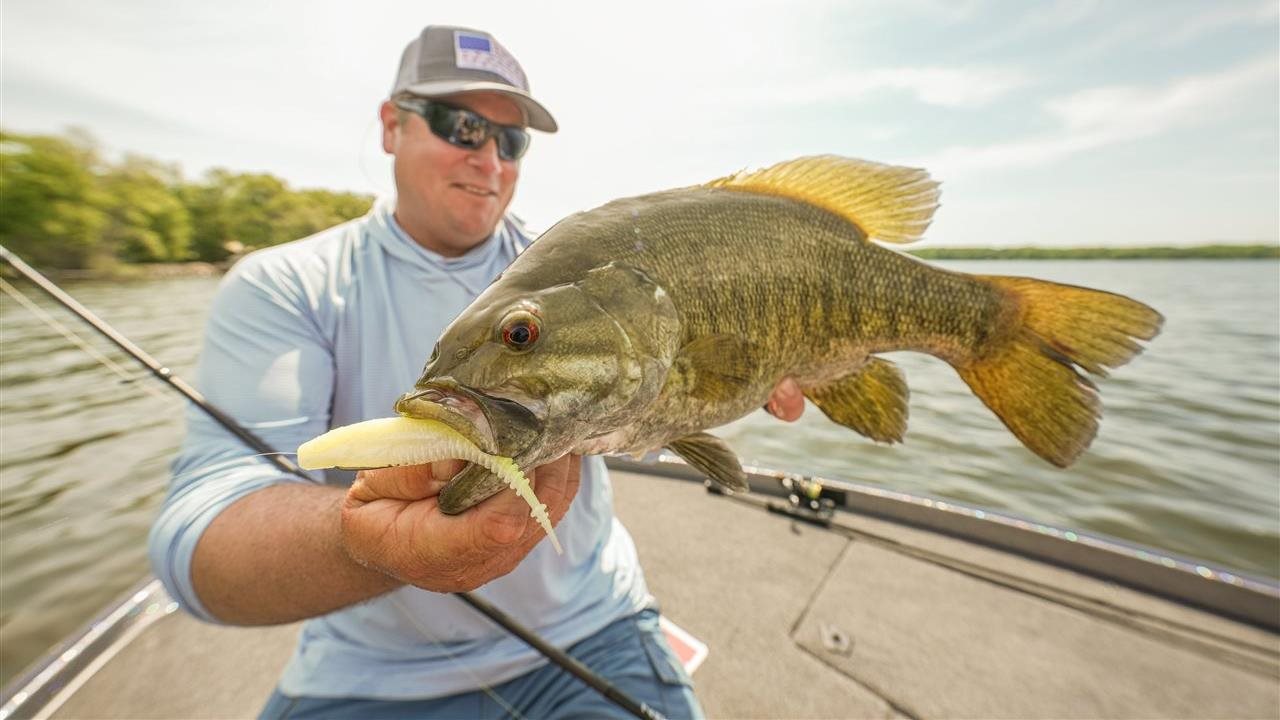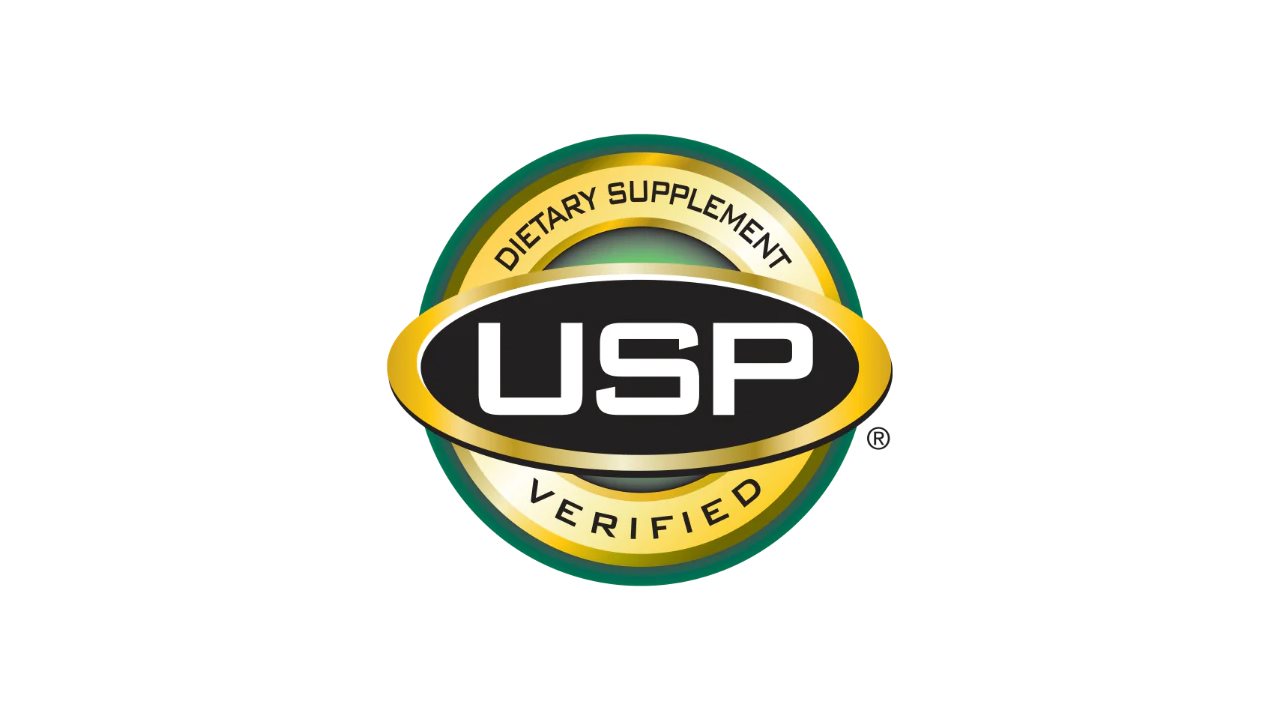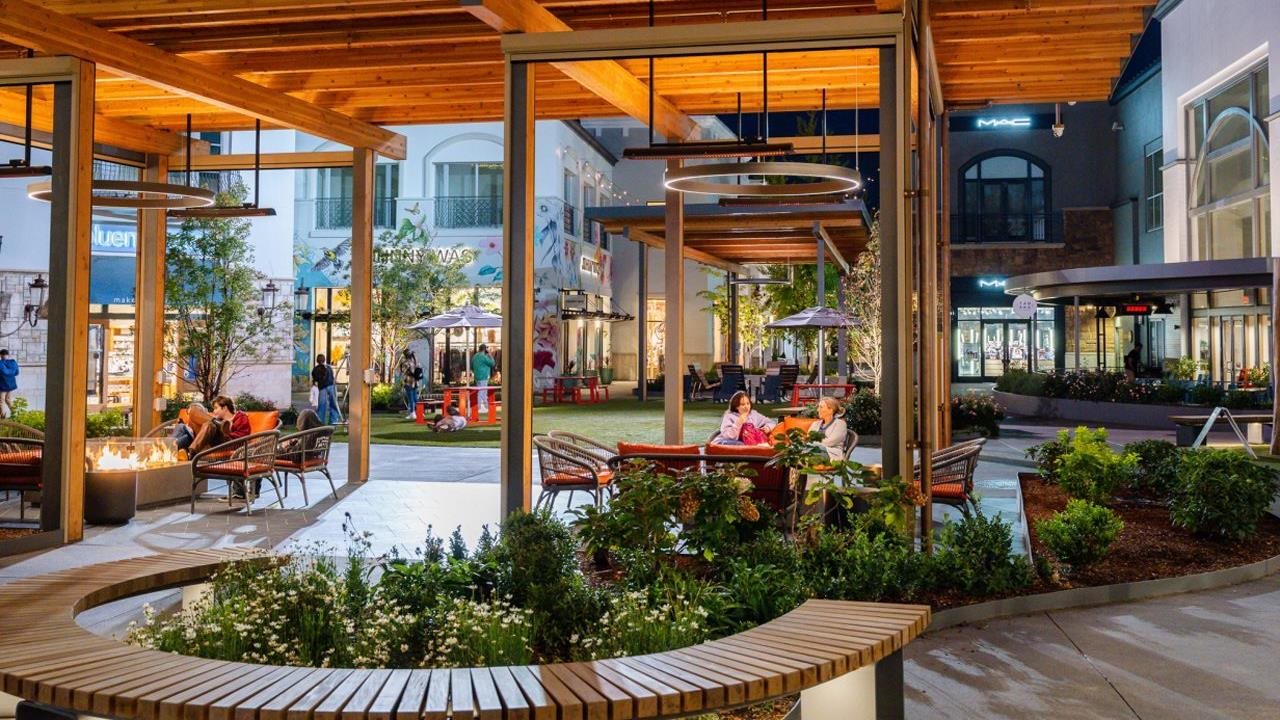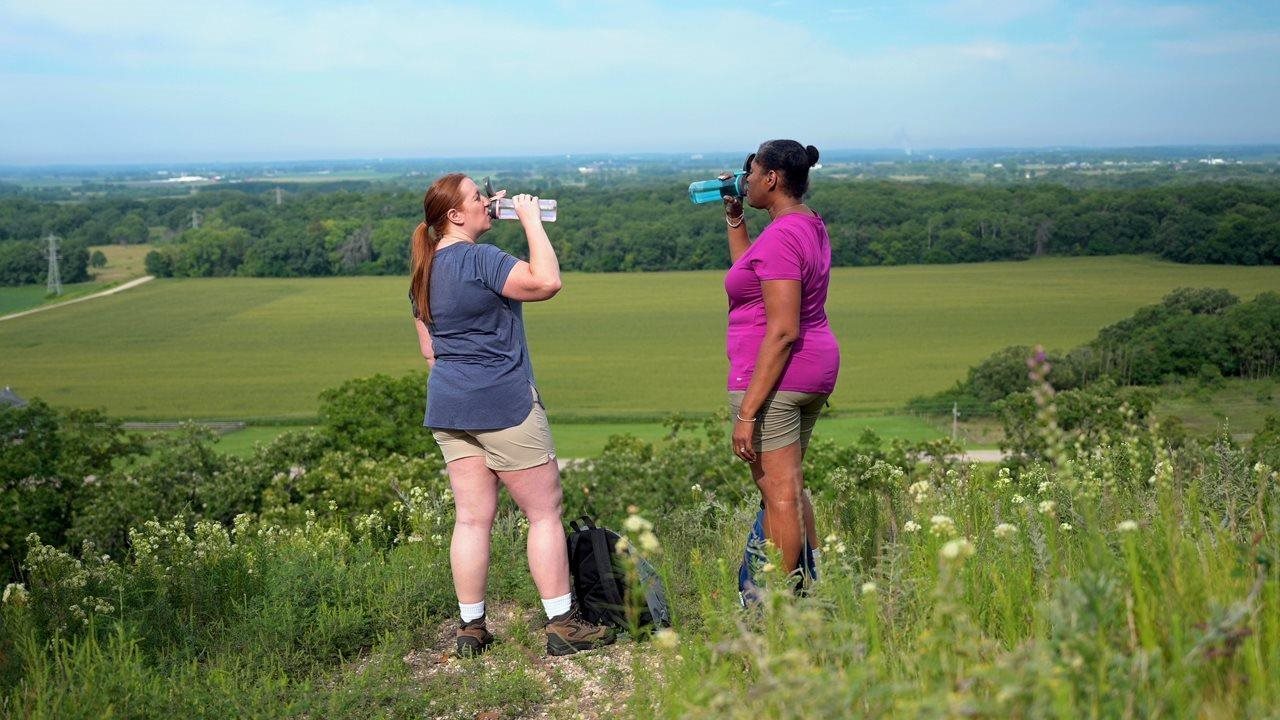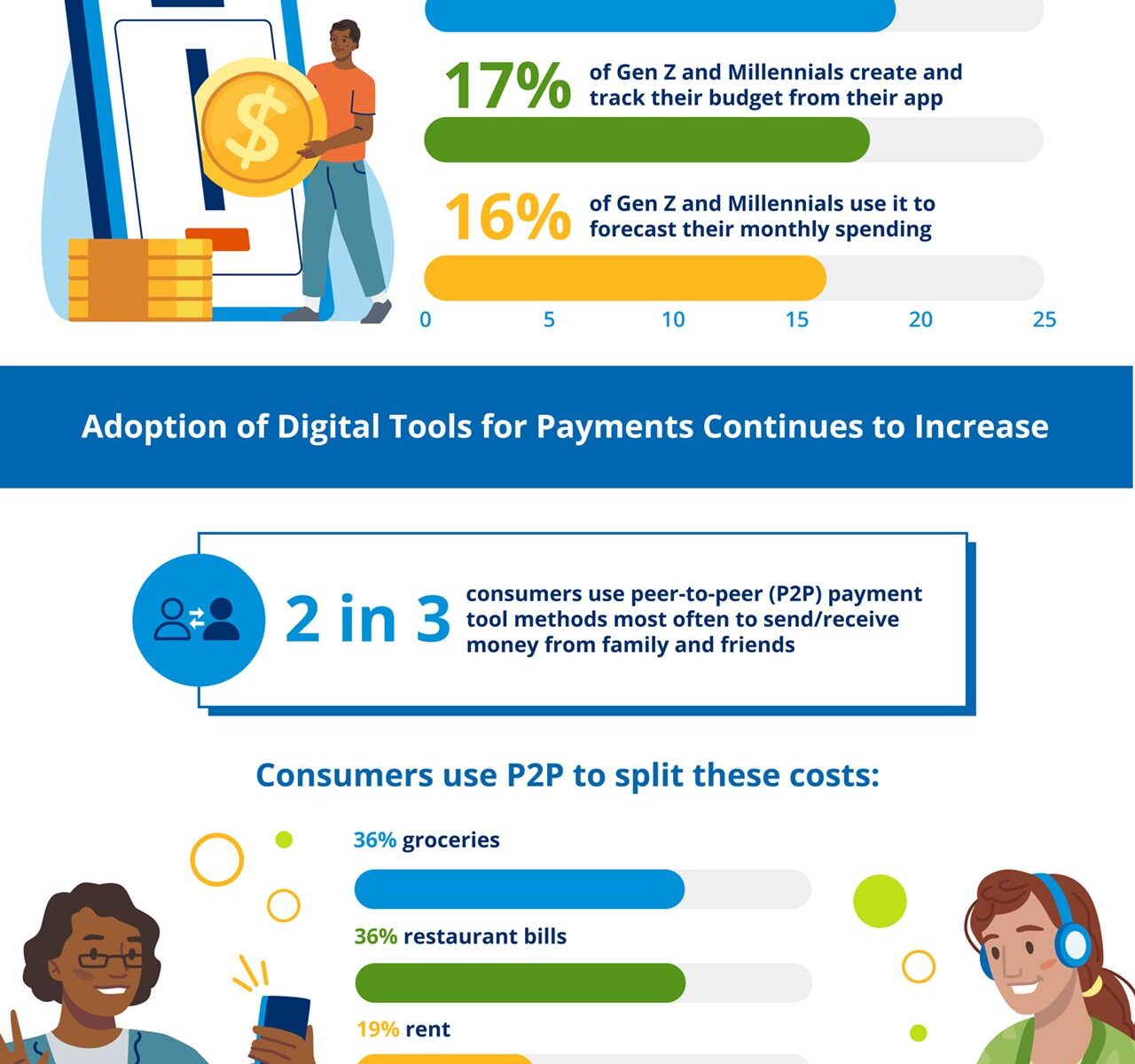2024-05-08T11:01:00
(BPT) – This month highlights the important role mental health plays in our general health and well-being. It influences how we feel, think and act. Many Americans of all ages experience mental distress. According to National Institute of Mental Health data, more than 1 in 5 U.S. adults live with a mental health condition.[1] A mental health condition is an illness or disorder that affects your thinking, feeling, behavior or mood, and can range from mild to severe.[2] Moreover, about 1 in 25 U.S. adults live with a severe or serious mental health condition.[3] People with serious mental health conditions can live fulfilling lives with effective treatment.[4] However, some people are not in treatment because they lack access to care or may want to avoid perceived stigma related to mental health conditions.
Mental Health Awareness Month is an opportunity not only to focus on mental well-being, but also on the connection between mental health conditions and substance use. Some people with mental health conditions struggle with substance use.[5] They may turn to illicit drugs and other substances to help them cope with stress, trauma or mental distress.[6] Brain changes in people with mental health conditions may also make it more likely they will continue to use substances and could develop substance use disorders and addiction.[7] People with substance use disorders, in turn, may have increased risk for developing other mental health conditions.[8]
And what’s more, using these drugs can have dangerous consequences, including overdose or even death. Substance use disorder affects an estimated 1 in 7 Americans, and nearly 300 Americans die every day from a drug overdose.[9],[10]
Mixing drugs is never safe
People sometimes think that because they’ve mixed drugs before and nothing seemed to happen, they can do it again. However, a person’s body can react to drugs differently every time. The fact is, even if you’ve been OK in the past, there’s no way to know what the outcome will be from mixing drugs.
Why it’s so dangerous to mix drugs
No matter how it happens, mixing opioids with other drugs is incredibly risky. Using more than one drug is never safe because the effects of mixing them can be stronger or more unpredictable than one drug alone. For example, mixing opioids with stimulants (“uppers”) can increase your risk for a heart attack or a stroke. Mixing opioids with depressants (“downers”) can slow breathing or lead to brain damage. Mixing can even be deadly: More than 50 percent of overdose deaths involve multiple drugs.
“May is Mental Health Awareness Month, and we want to remind everyone that mental health is health,” said Allison Arwady, MD, MPH, Director of Centers for Disease Control and Prevention (CDC)’s National Center for Injury Prevention and Control. “Every one of us can take a small action today to help build connection in our communities to promote mental well-being and prevent mental distress. Sustained connections, in turn, make it less likely that people will turn to substances to help cope with life’s stressors, and this can decrease the risk of overdose.”
Learn the signs of overdose and how to help by using Naloxone
If you think someone could be experiencing a drug overdose — even if you’re not sure — it’s safest to treat it as an overdose. Naloxone is a lifesaving, non-addictive, over-the-counter medication that can be administered to help reverse an opioid overdose, and anyone can keep and use it to help save a life. You can get naloxone as a nasal spray or an injection, and you can use it without medical training or authorization. Also, it won’t harm a person if they’re overdosing on a drug that’s not an opioid.
Seven signs of overdose to watch for include:
- Small constricted, pinpoint pupils
- Slow, weak or no breathing
- Falling asleep or losing consciousness
- Choking or gurgling sounds
- Cold and/or clammy skin
- Discolored skin, especially lips and/or nails
- Limp body
Important steps to take when you think someone around you is overdosing:
- Administer naloxone, if available
- Call 911
- Keep the person awake and breathing
- Lay person on their side to prevent choking
- Stay with the person until emergency assistance arrives
What CDC is doing to Stop Overdose in America
At CDC we’re educating people about the dangers of illicitly made fentanyl, the risks and consequences of mixing drugs, the lifesaving power of naloxone, and the importance of reducing stigma around recovery and treatment options. We are using the State Unintentional Drug Overdose Reporting System (SUDORS) to better understand the circumstances that surround overdose deaths, improve fatal overdose data timeliness and accuracy, and identify specific substances causing or contributing to overdose deaths as well as emerging and polysubstance overdose trends to help inform overdose prevention and response efforts. CDC is investing in neighborhoods, communities, cities, counties, states and the nation to prevent overdoses and ensure the health and well-being of all Americans.
Learning how to prevent an overdose can help save a life if you know someone struggling with addiction. For more information and resources, visit CDC.gov/StopOverdose.
If you’re in the U.S. and thinking about suicide, are worried about a friend or loved one, or would like emotional support, call or text 988 now, or chat 988lifeline.org.
If you’re wanting help for substance use, know that recovery is possible. You can find evidence-based treatment and service options near you by visiting findtreatment.gov or by calling the 24/7 National Helpline at 800-662-HELP (4357).
[1] https://www.nimh.nih.gov/health/statistics/mental-illness
[2] https://www.samhsa.gov/find-help/disorders
[3] https://www.cdc.gov/mentalhealth/learn/index.htm
[4] https://www.samhsa.gov/serious-mental-illness
[5] https://www.nimh.nih.gov/health/topics/substance-use-and-mental-health
[6] https://www.cdc.gov/stopoverdose/stigma/index.html
[7] https://www.nimh.nih.gov/health/topics/substance-use-and-mental-health
[8] https://www.cdc.gov/mentalhealth/learn/index.htm
[9] https://www.cdc.gov/stopoverdose/stigma/index.html
[10] https://www.cdc.gov/stopoverdose/index.html



















